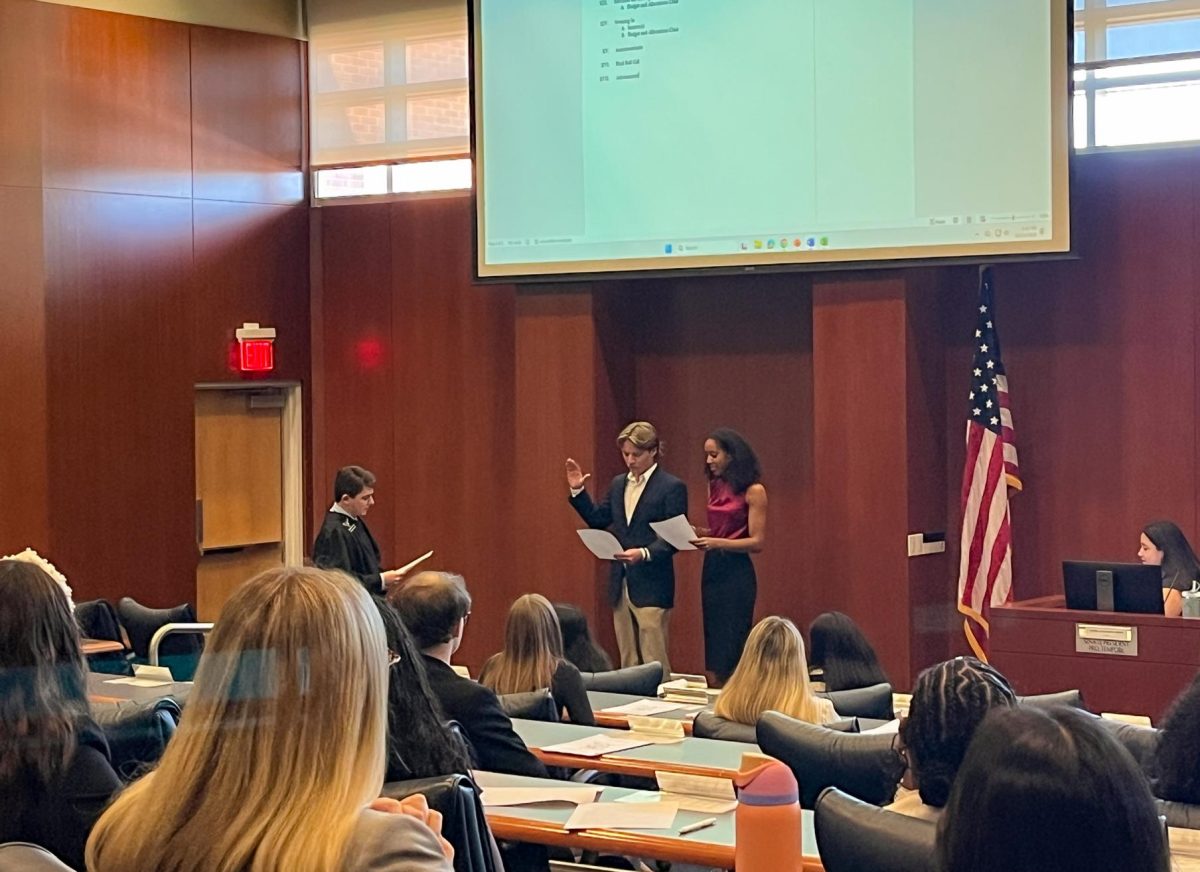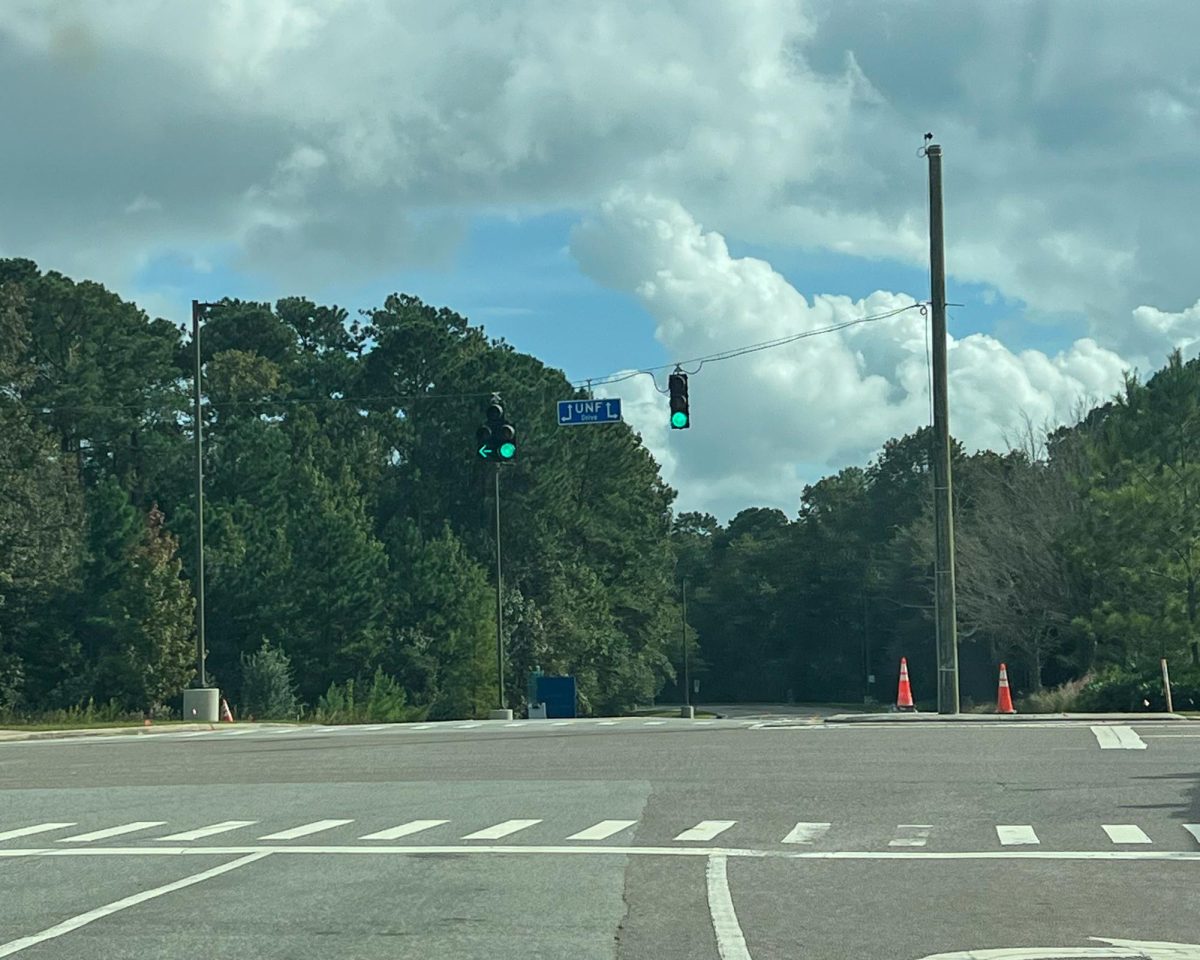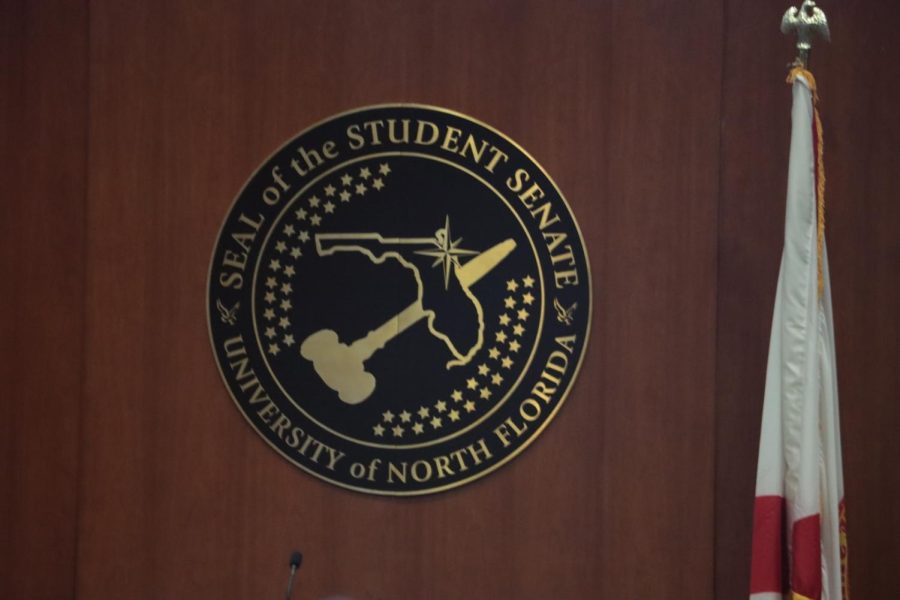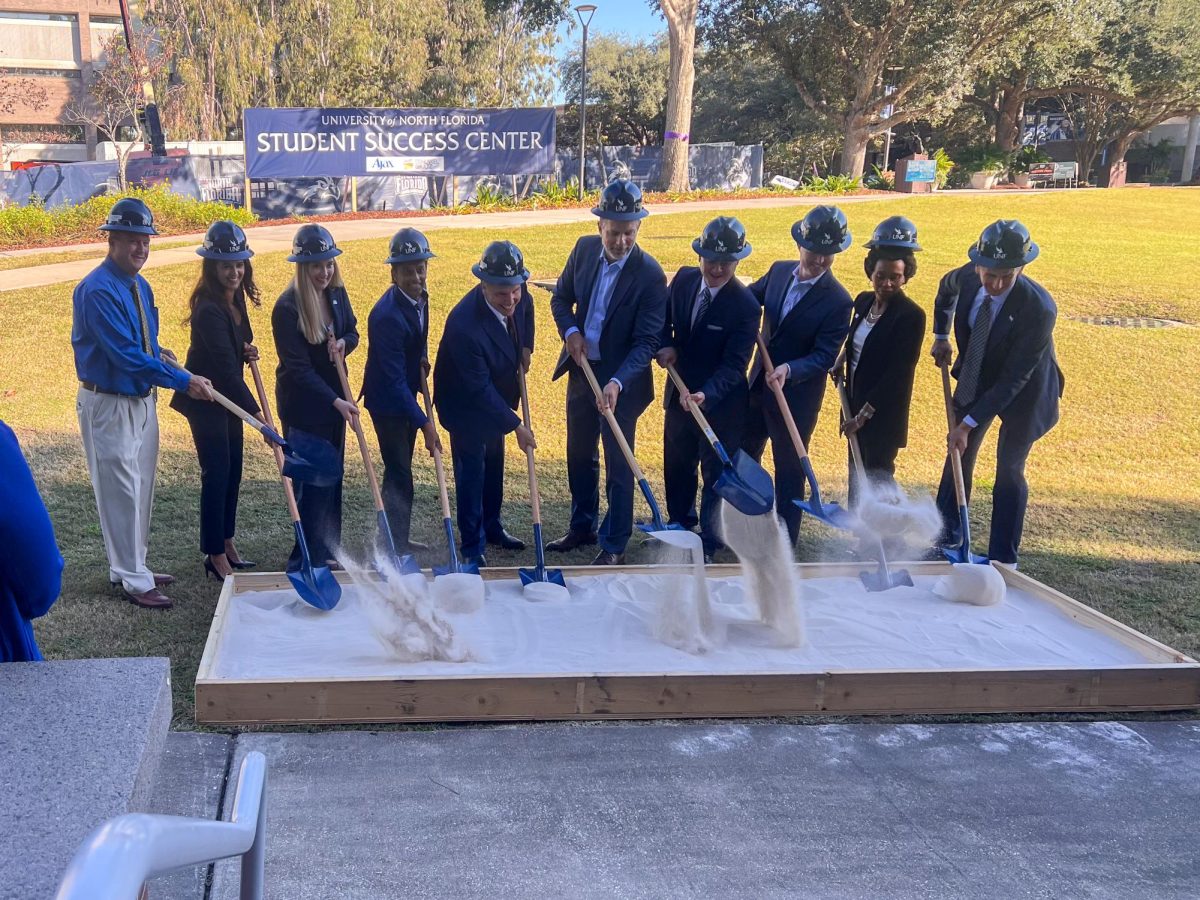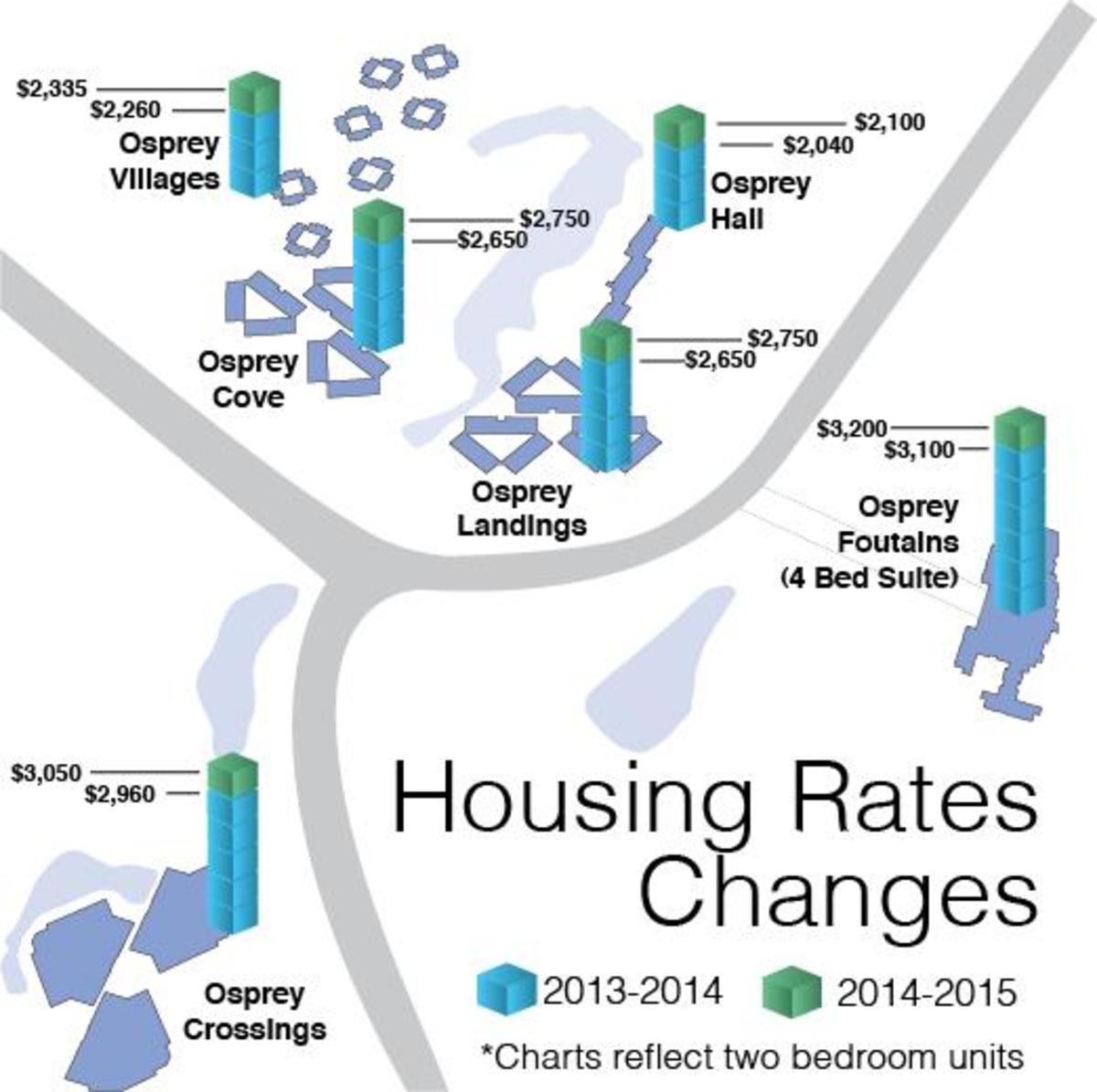
Housing rates for the upcoming 2014-2015 academic year are projected to increase.
The average increase for all housing on campus is 3.29%. This average is based on the increase for nine most occupied room types.
Since the Housing Department is an auxiliary of the university, it operates solely on rent revenue and does not get other funding like tuition or student fees.
Bob Boyle, Director of Housing, said there are several reasons for a rent rate increase. The main reason is the cost of utilities.
Boyle said another consideration is the cost of upkeep for the buildings, which can require monitoring mechanical systems like elevators. The age and size of the building can also affect its rent rate because older buildings can need more upkeep and therefore more money.
Boyle said the process to determine rent rates for the next year begins in mid to late September.
Senior Housing staff conducted market studies and contacted local facilities to get an estimate of off-campus rent rates. Some of the facilities contacted were the Flats, the Districts and Silver Spring apartments.
Housing then looks at the university’s current and projected student occupancy to figure out what space is available.
Next, housing looks at the building improvements needed and the impact the increase would have on students, Boyle said. Housing uses these four pieces of information to calculate the projected cost.
Peter Reppucci, a business junior living in the Village, was not aware of a plan to increase housing rates.
“I love living on campus. So, for me, I would probably pay for it anyway, but for other people I can see why it may force them to go get an apartment.”
English literature junior Erika Olson said, “Of course I wouldn’t want there to be an increase but I can understand why if they need to improve things.”
Olson said she lives in the Fountains and is in a comfortable situation but understands that a rent increase can be a financial issue for others.
E-mail Danae Leake at reporter29@unfspinnaker.com








